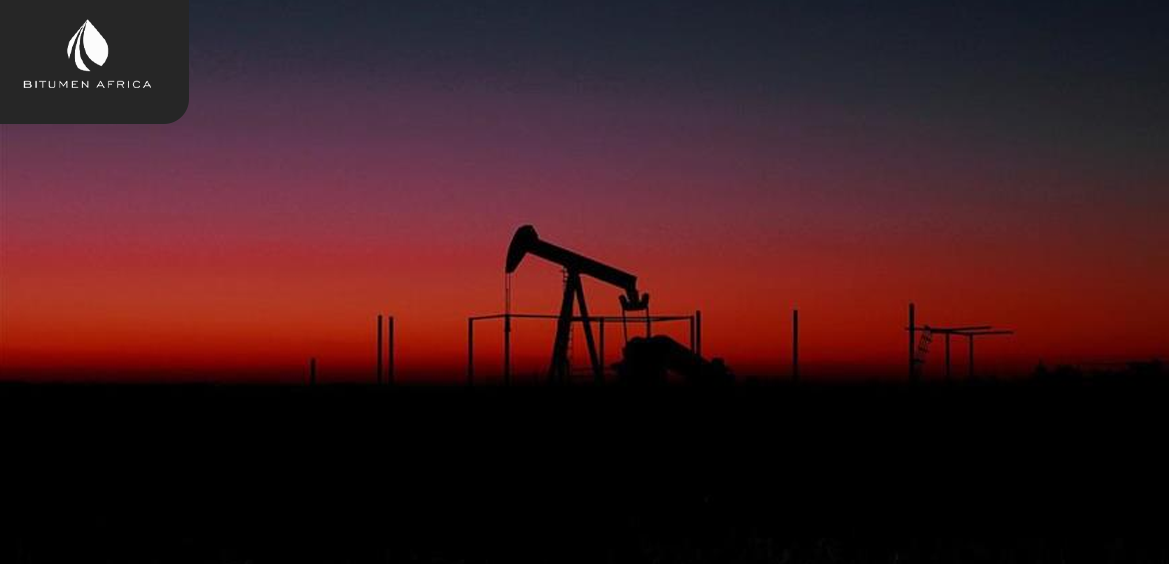Treasury Secretary Scott Bessent’s plan aims for 3% annual GDP growth, a budget deficit reduced to 3% of GDP, and an increase in domestic oil production by 3 million barrels per day. However, industry analysts and energy experts argue that these targets are largely unrealistic. One of the key concerns is that U.S. oil producers are no longer incentivized to increase output at any cost; instead, they prioritize shareholder returns, which undermines the administration’s “drill, baby, drill” agenda.
Early indicators already show that U.S. oil production is not on track to meet Bessent’s goal. While March 2025 recorded a peak in crude production at 13.488 million barrels per day, the growth rate has been negligible—only 30,000 barrels per day added over three months, a sharp contrast to 2024’s 270,000 barrels per day increase. Analysts, including those at Standard Chartered, forecast that U.S. crude oil supply will actually decline in the next two years due to persistently low oil prices and underinvestment in new drilling projects. This marks a shift from the steady production growth observed during the Biden administration.
Several production-related metrics paint a pessimistic outlook. The U.S. oil rig count continues its long-term decline, with a year-to-date drop of 41 rigs. Moreover, the frac spread count has fallen significantly to 186, far below its post-Covid high, indicating reduced hydraulic fracturing activity. Inventories of drilled but uncompleted wells (DUCs) have also declined sharply, suggesting fewer wells are being brought online. These trends collectively signal a production slowdown, not a ramp-up.
The underlying challenges go beyond market dynamics to structural and geological issues. U.S. shale producers are constrained by rising costs, including tariffs on steel, and are now encountering geological limits after two decades of aggressive drilling. According to industry research, the U.S. Shale Patch now requires a minimum oil price of \$65 per barrel to remain profitable. Additionally, analysts have raised concerns about “The Depletion Paradox,” where even higher prices cannot overcome the declining productivity of aging oil fields.
Despite these bleak projections, there is some hope on the horizon. The article notes that advanced technologies like enhanced oil recovery (EOR), particularly CO2 injection, could offer a new lifeline. The U.S. Department of Energy has estimated that next-generation CO2-EOR techniques could unlock up to 60 billion barrels of previously inaccessible oil. If successfully scaled, such methods could rejuvenate oil fields and extend their productive life significantly, potentially offsetting some of the sector’s current headwinds and offering a partial path toward Trump’s energy goals.

